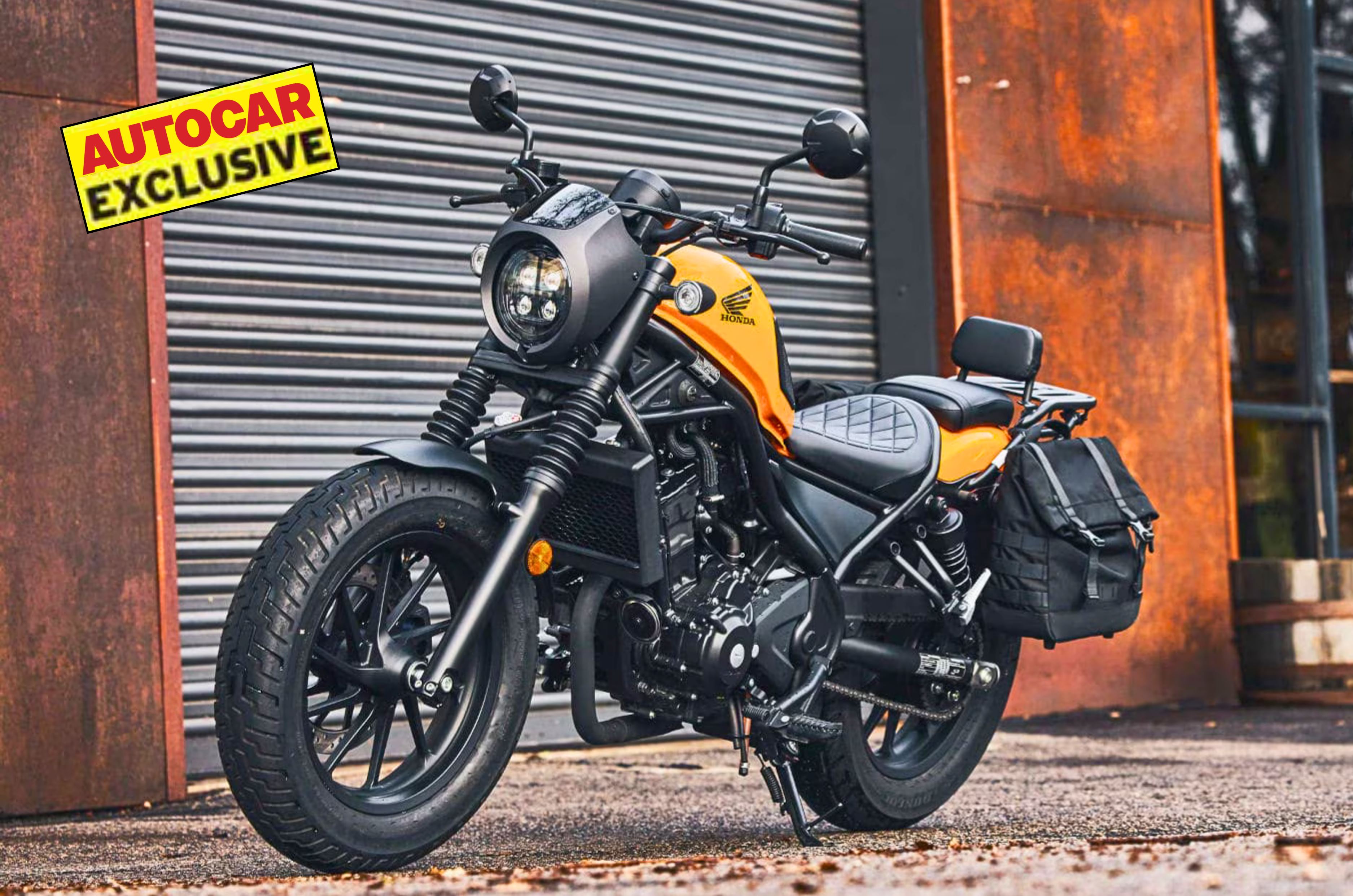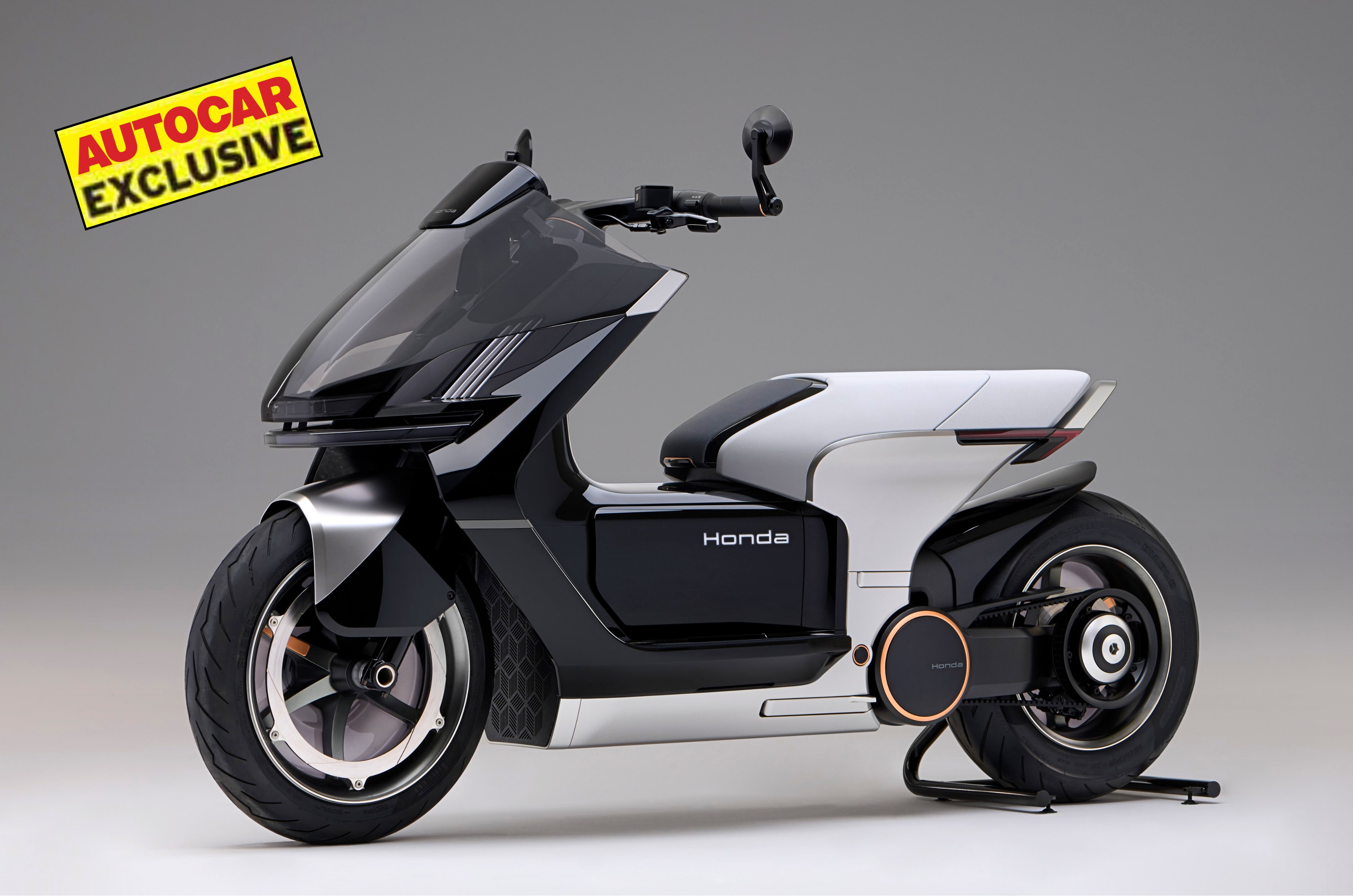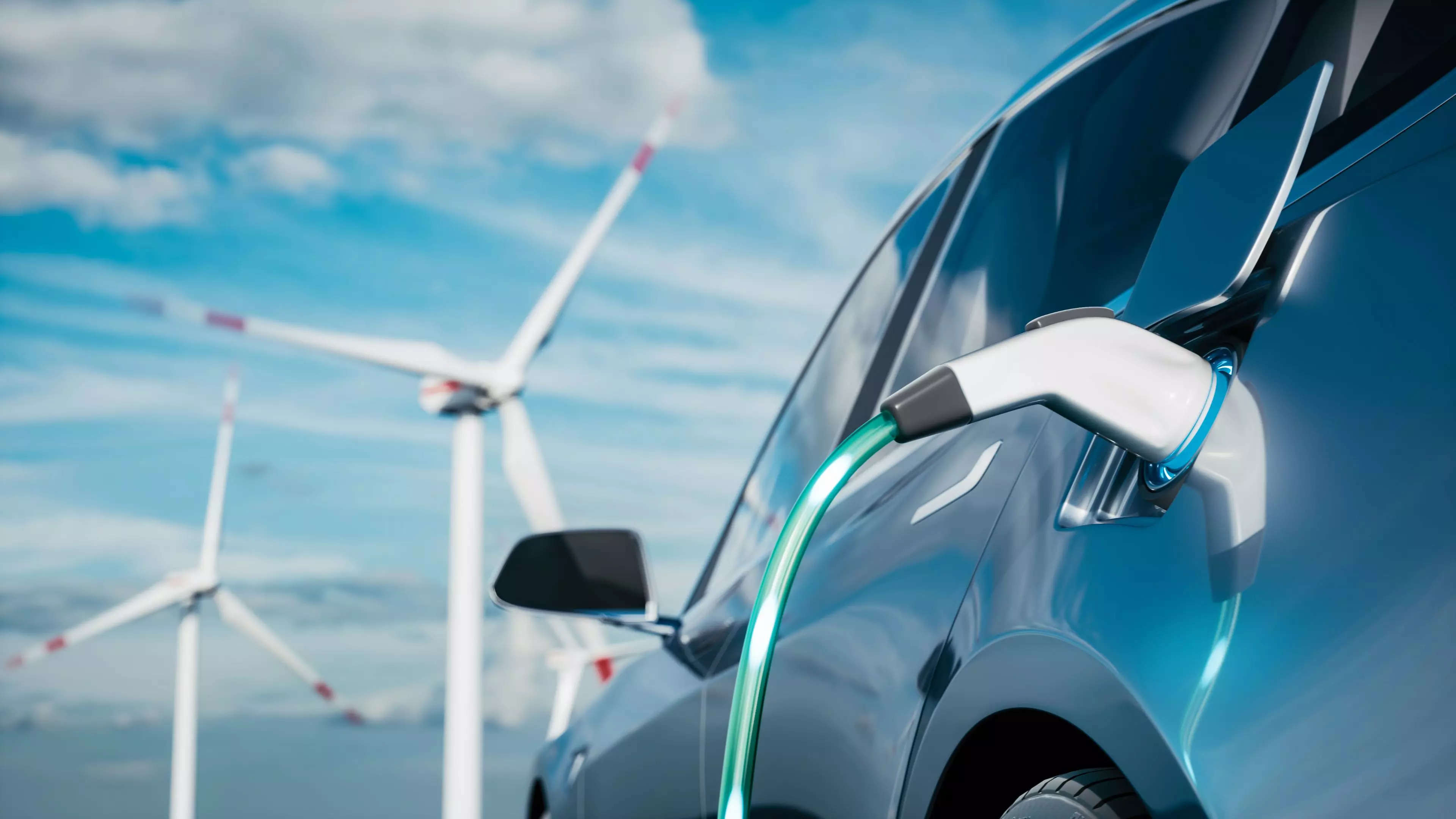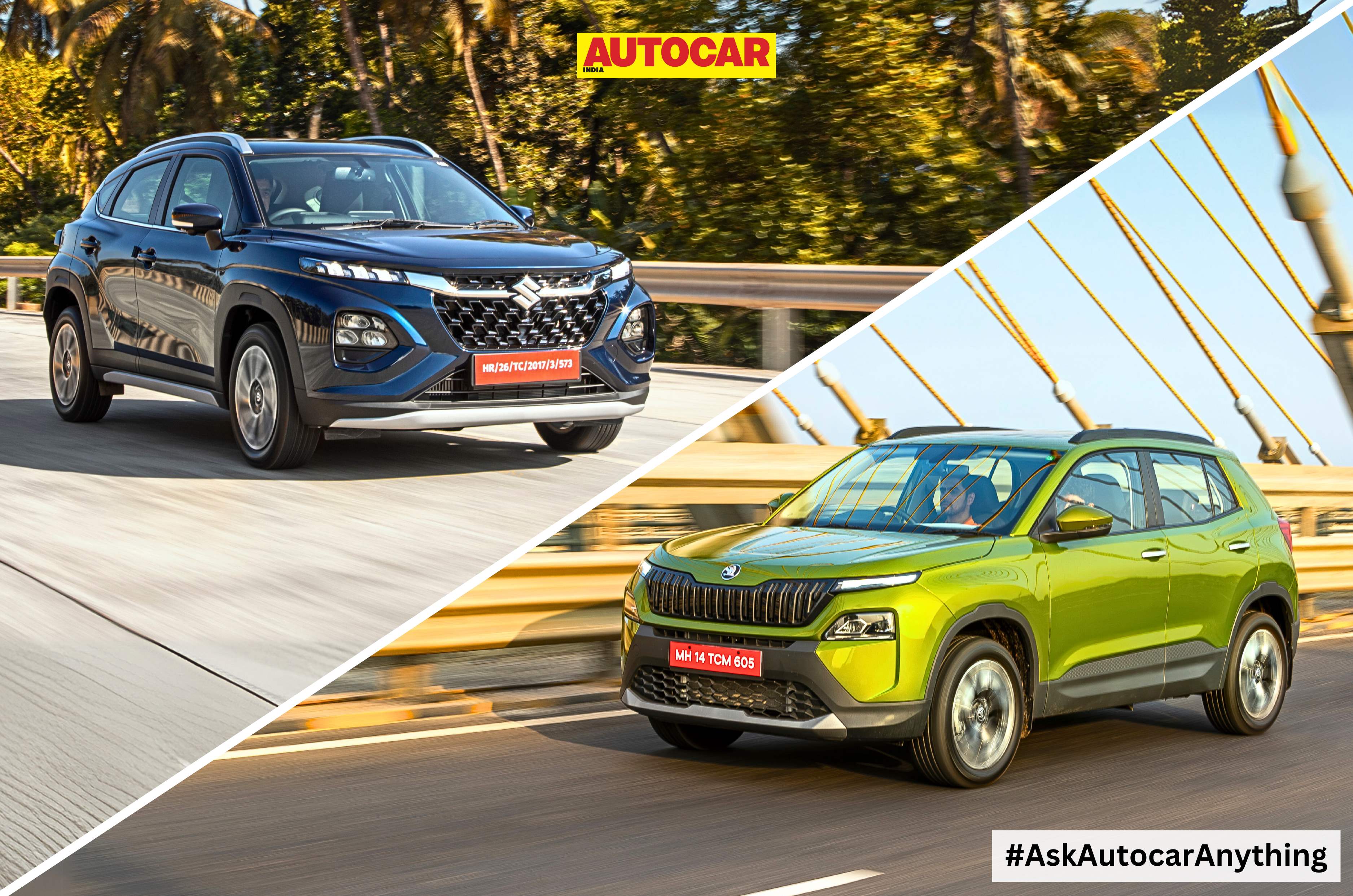It’s surprising what you can do when you are constrained by size. Shapur Kotwal brings together two MGs that share a common philosophy.
Going small. It was an essential strategy for carmakers once upon a time, especially during tough times after the Second World War. Small was more affordable. Small needed fewer of the then-scarce resources. And small cars are efficient – they weigh less and consume less energy. Small cars are also more practical in congested cities. And since they are easier to drive and easier to park, they deliver a convenience many large cars don’t.
Now, we all know small cars in India. We know some can be really well-engineered, others can actually be quite comfortable, and if you make them right, some are even enjoyable to punt around. So, who makes the best small cars? We know that the Japanese, French and Italians are very accomplished. But hello, remember the Brits were pretty nifty at this small car thing, too? Remember the Mini? And its designer, Alec Issigonis?
Small by name
That sort of brings us to the MG’s quite brilliant Midget, which, like all MGs, was built around the inexpensive mechanical aggregates of a Morris small car. Only not quite. This MG shares most of its mechanical bits with the Austin-Healey Sprite, the one with the frog-eye headlamps. This was because both companies at the time were part of the same giant British conglomerate (British Leyland), and while that car was more basic, MG’s version was much better equipped.
.jpg&c=0&w=700)
Making a small and compact car that’s functional is nothing less than a super skill.
What made the Midget stand out at the time was its monocoque, quite a surprise for a sports car first built in the ’60s, with box sections for the scuttle and sills. Affordable components came in the form of the Austin A35 four-speed gearbox and front suspension, which used coils and a lower wishbone. And in typical MG style, the steering system came from the Morris Minor.
Making a car by putting together all manner of existing parts was something MG had been doing forever. Remember, Morris Garages started out as an aftermarket dealer-based modification company. What made it very different, and the darling of car enthusiasts, was that all its cars were specifically tuned and built to be fun to drive. Almost all of them had a purity of purpose, and a vast majority were attractively designed as well. Can’t tell you just how many collectors of expensive vintage and classic automobiles still place their humble MGs amongst their favourite cars. And this includes Maharajas, Thakurs and Nawabs, who generally have garages stuffed full of the most expensive and coolest cars in the world.
The case for compact
 Both are very short in length, but the Comet’s tiny nose differs from the Midget’s elongated one.
Both are very short in length, but the Comet’s tiny nose differs from the Midget’s elongated one.
Small is still beautiful when it comes to MG; just look at the Comet. While today’s Chinese-owned MG Motor is a far cry from the MG Cars of old and Abingdon in Oxfordshire, some strains and strands of that small car ethos still exist in the modern-day company. MG, after all, still maintains a design studio in the UK, and there is some engineering presence as well. So, MG pretty much knew it could do a small car. And much like the Cyberster electric sports cara compact car is something the company is intrinsically comfortable doing. And let’s be clear – it’s small and relatively light EVs (with small batteries) that make more sense than big, large and heavy electric cars, especially when we talk green credentials.
Built on SAIC-GM-Wuling’s Global Small Electric Vehicle (GSEV) platform, which also underpins other micro EVs, the Comet is designed with the front half of the passenger compartment in sharp focus. In fact, take a modern car and drastically compress the bonnet and the section behind the front seats, and what you will get is something that sort of represents the Comet. MG Motor has made great use of vertical space, and the cabin is spacious, comfortable and practical, especially if you are seated in front. And that MG has also specified and kitted the cabin out so well just shows how good it is. Yeah, sure, jump into a Comet from a large SUV, and you will feel exposed and vulnerable. But that sort of comes with the territory.
Small can be real fun
 A small, sporty screen and wood-rim steering wheel make for a great combo.
A small, sporty screen and wood-rim steering wheel make for a great combo.
It’s clearly something that is a factor on the Midget as well. Initially, as I step in, I get the impression that this car is only for really small people. Climbing in sort of feels like putting on a glove, thighs fouling with the steering wheel. But then I think of owner Zal Mavji, who is over six feet tall and not delicately built. And it’s true, once I’m seated, it does feel pretty okay. However, what gets me grinning pretty much immediately is the dash. The sunken-in dials with their chrome surrounds, the black dash and real metal switches that go ‘click-clack’ have me in raptures. Dashboards today are all plastic and screens, and they don’t look too far removed from the panel on your microwave.
.jpg&c=0&w=700)
They are, of course, very different but also surprisingly similar in many ways.
As I fire up the 1.2-litre engine – it’s a small car, remember – I get reminded of another thing we connect with so easily: a nice sporty exhaust note. This one is particularly fruity and fresh and completely organic and natural. As I rev the engine, I can hear it suck in air (how I wish we had that today) and the clatter of the cams when it idles. And when I pump the accelerator, a deep bass and nasal rasp ring out.
.jpg&c=0&w=700)
Bottle-shaped SU carbs and flat pancake air filters.
I don’t expect it to be quick. I’m pretty sure I’ll be disappointed when I move off the line; this is a 1.2-litre from the ’60s, after all. Zal, however, has ‘worked’ on the engine, adding all manner of performance parts. So, when I give the accelerator a good shove, the Midget positively leaps off the line. The high-mounted short-throw gear lever just gets me laughing as I slot it straight into second, with loads of super satisfying metal-on-metal contact. What surprises me even more is that this car originally had a power-to-weight ratio of 96hp per tonne, the 65hp engine offset nicely by the 685kg kerb weight. No wonder then that this modified and uprated one feels faster than a Swift.
.jpg&c=0&w=700)
Zal is besotted with his Midget, and for good reason.
What I also thoroughly enjoy is just how nimble this chassis is. The Midget just darts into corners, making it quite enjoyable to drive on fast and open city roads early in the morning. This engine likes to rev, and this car is loads more fun than I expected. Have to double de-clutch often on the way down the gearbox, but that sort of makes it even more delightful.
Upright personality
The Comet is easily more comfortable and easier to climb in and out of. It also darts into and out of corners with a mere flick of the wheel. What’s nice is that the torque of the electric motor allows you to make decent progress. This is clearly not a car you throw around, though – what with its tall stance – but it still feels comfortable in its own skin. Fun fact: both are rear-wheel drive. The ride is pretty good if the bumps are shallow, but go over deeper holes and big craters in the Comet, and it gets tossed around on its small wheels and short-travel suspension. It doesn’t help that there is a live axle at the rear and some very basic leaf springs. But which one would be quicker in a drag? Ahh! Wish we’d done that.

| MG Midget vs Comet specs comparison | ||
|---|---|---|
| Car | Midget | Comet |
| Length | 3,495mm | 2,974mm |
| Width | 1,394mm | 1,505mm |
| Height | 1,235mm | 1,640mm |
| Engine | Straight 4 | Electric motor |
| Power | 65hp | 41hp |
| Torque | 98nm | 110Nm |
| Body type | 2-seater convertible/cabriolet | 4-seater hatchback |
| Wheelbase | 2,032mm | 2,010mm |
| Ground clearance | 127mm | 165mm |
| Kerb weight | 685kg | 1,280kg |
Sizing ’em up
Going small is something MG and its parent company, Morris, have always been familiar with. Miniof course, was a sister brand to MG, and this ethos, understanding and capability still seems to exist within MG, despite the fact that today’s MG Motor isn’t exactly the company of old. In the coming months, MG Motor is also likely to introduce other small cars, such as the MG4, which have done exceedingly well in markets all around the world. And a lot of that is down to the company’s long legacy and history in making small cars.
A legacy of small

The first Midget was the M-Type, made in 1929. Based on Morris Minor’s mechanicals, it was a car that measured just 3.2 metres in length and cost less than a decent cellphone does today. What also made it stand out were the sporty, low-slung minimalist looks. The ‘motorcycle tyres’ and fenders, the upright grille, the high-mounted lamps and the attractive lines with the low cut-out doors. MG’s original mandate, of course, was to deliver affordable sporting performance. This is why the first Midget was designed to use the least metal and be as light as possible, so it could be relatively fast despite using the smallest engine. A four-wheel motorcycle is what it was meant to be, and in many ways, it is.
Also, see:
MG Majestor vs Gloster: what’s different?
Mahindra BE 6 price, variants, colours explained
Kia Syros variant-wise price, features, transmissions explained










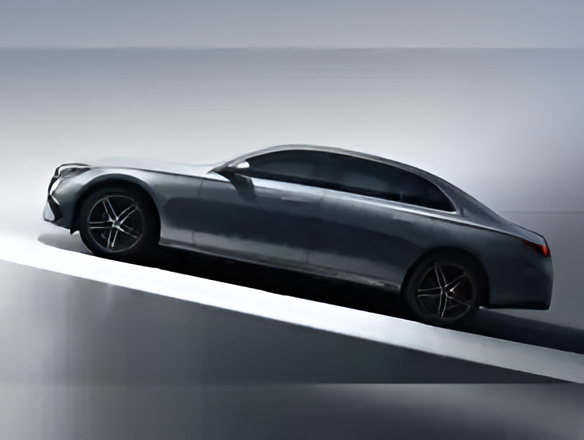
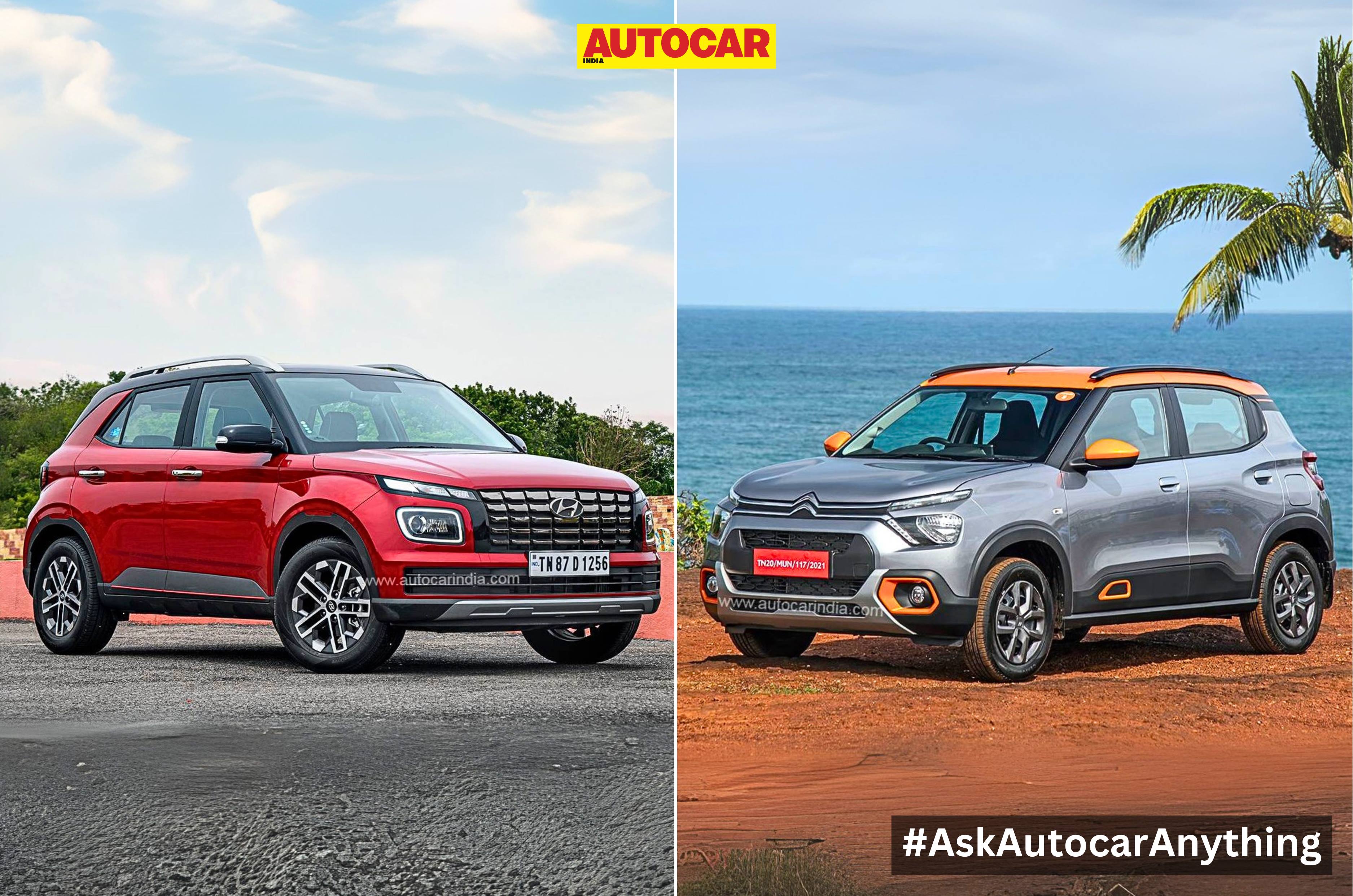
.jpg&c=0&w=700)
